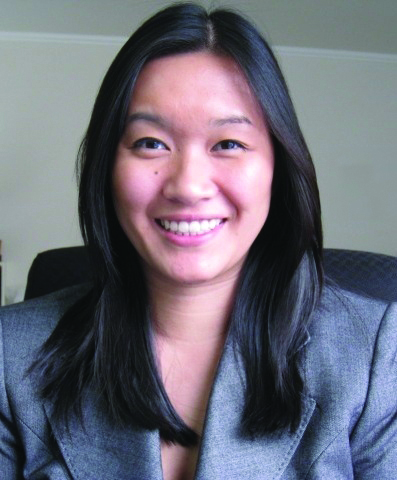By 2060, 6.2 percent of Americans are projected to be multiracial. Yet being white in addition to another race, according to the study, Black + White = Not White: A minority bias in categorizations of Black-White multiracials, authored by University of Utah assistant professor Jacqueline Chen, means not white at all.
“We found that people quickly exclude ambiguous-looking people from the white racial group,” said Chen.
With the increase of multiracial groups across the U.S., Chen emphasizes the need for a better understanding of race.
“Theoretically, it is important to understand the psychological processes of racial categorization — what are the assumptions and norms around race that we are often blind to unless they are violated. We found that people quickly exclude ambiguous-looking people from the white racial group. This suggests that small deviations from a ‘typical white person’ appearance will lead people to perceive you as non-white,” said Chen.
The study found that the racial category of “white” was the most difficult to be associated with.
“We will need additional studies to explain this result, but it is consistent with the idea that the most high-status or advantaged groups within a hierarchy are the hardest to get into,” Chen said.
Chen’s interest in the world of mixed race perception began in grad school when Chen learned that “most social psychology theories assume that people you perceive around you are going to be easily categorized by race.”
With categorization comes the potential for the application of stereotypes and prejudices.
“I wondered what happens when you don’t immediately know someone’s race as is often the case for multiracial people,” Chen said.
Before Chen’s research began, the investigation of multiracial classification was done by showing faces to the study participants and asking if the face was black or white. Chen’s team branched out from the data collection of presenting solely two options.
“We thought that the narrowing down of options was somewhat artificial,” Chen said, “And not representative of what people are thinking when they are out in the real world. I might ask myself, ‘What race is this person?’ But I won’t immediately narrow my options to black and white only.”
The results of the study brought up more questions.
“I was initially surprised that one of the most common categorizations of multiracials was Latinx,” Chen said. “I think it is really interesting to consider that people who fit into the Latinx category have a whole range of appearances and this is an issue that deserves additional attention in future studies.”
From the initial research question of how people categorize multiracial people, Chen’s curiosity has grown. Chen is now working with a graduate student of hers, Jasmine Norman, to unveil the experiences and identities of multiracial people.
“We are curious what leads multiracial people to identify as multiracial since they have at least a few different groups that they could choose to identify with,” Chen said.
So far, the study has supported the social nature of race.
“Among people all of whom have mixed race backgrounds, it is their experiences with others that shapes their identity choices,” Chen said.
Chen believes that through a better understanding of multiracial perceptions will come an idea of how race relations could evolve.
To those looking into similar topics, Chen said, “Never doubt that your research is important.”


